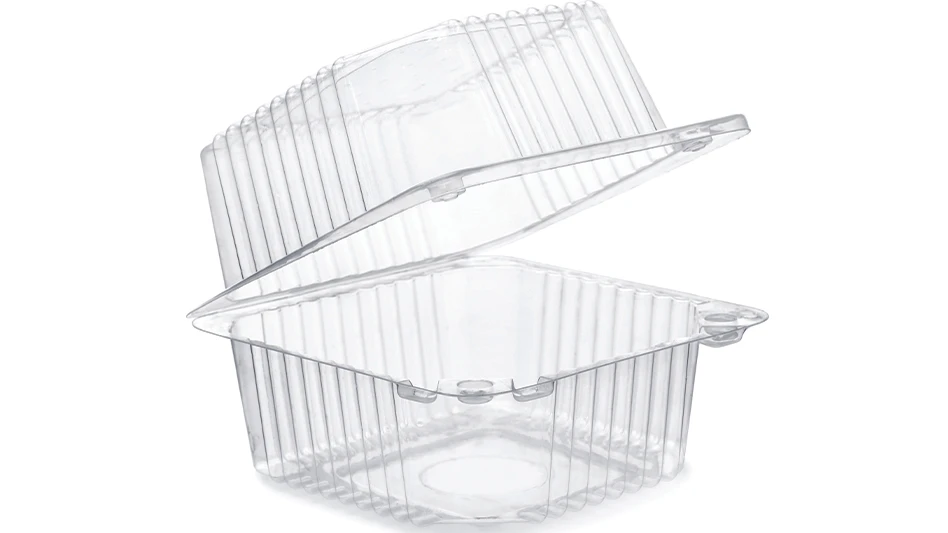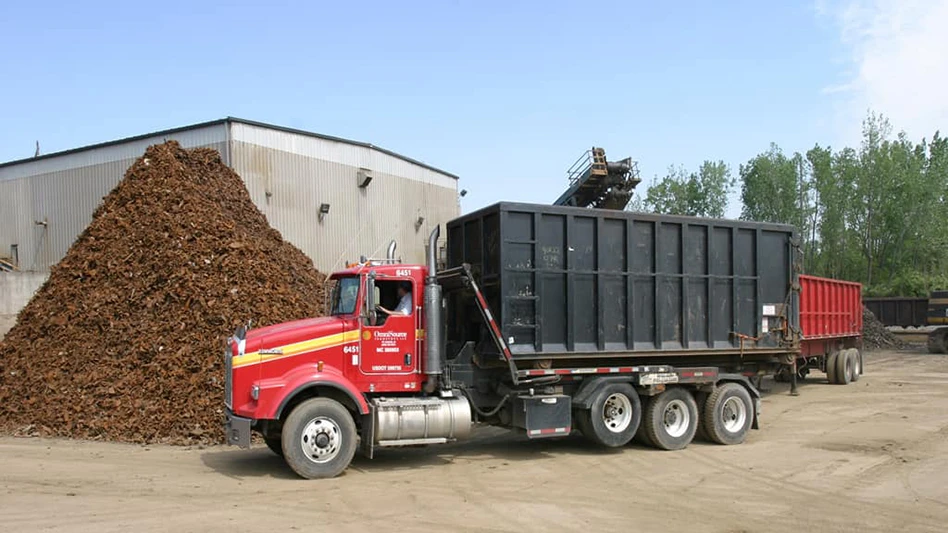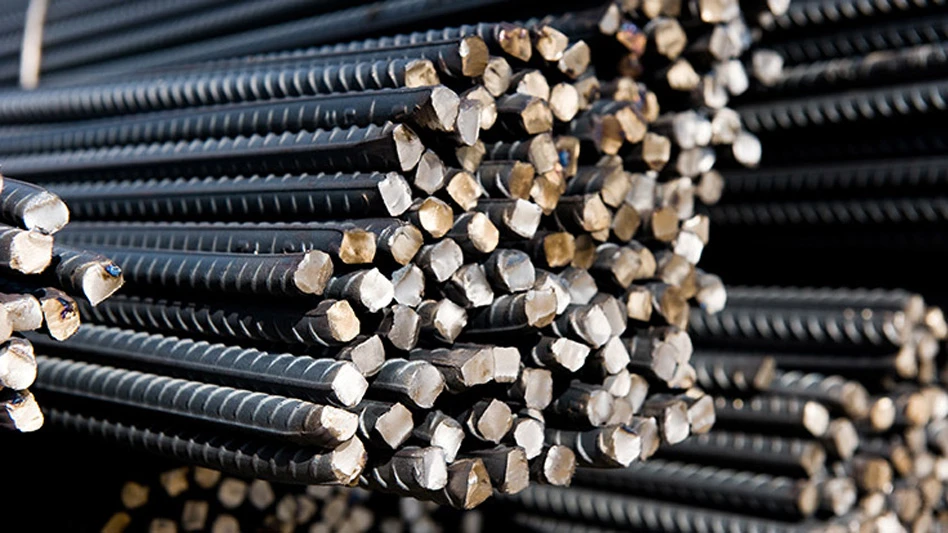HIGH AND FLIGHTY
The three-month downward trend in ferrous scrap pricing reversed sharply in July, as prices for all grades of ferrous scrap zoomed back up in the summer months.
Observers seem to agree that global demand has remained strong even as the traditional summer downtime hit North America and Western Europe, including the annual model-change-over hiatus in the automotive industry.
As of August, "there is more scrap available than there was earlier this summer," according to one ferrous scrap recycler based in the Great Lakes region. "We’re getting more cut grades from demolition contractors, and I think industrial generation has picked up."
A spell of dry weather in the Great Lakes region has also helped to salvage more vehicles from rural areas. "They’re getting the cars out now while it’s dry and while they know scale prices are good," the recycler remarks.
But the increase in scrap supply could also mean that the price spike will be short-lived. "Even if the consumer demand remains good, this increased supply should put a brake on pricing," he notes.
Nonetheless, scrap recyclers and their consumers can take comfort in a historically good market, he says. "Even if the market goes back down by $50 or $60, this is still the kind of market that will be talked about for the next 20 years or so."
Based on recent earnings reports, the steel industry has also managed to find profit margins, offsetting higher raw materials costs with surcharges passed on to customers. "It sure looks like the surcharges are more than covering their costs," says the recycler.
COMPLAINT AGAINST SDI TOSSED OUT
A Michigan judge has dismissed a lawsuit filed by General Motors that attempted to compel Steel Dynamics Inc. (SDI), to sell at January 2003 prices for several years.
Oakland County (Mich.) Circuit Court Judge Gene Schnelz has granted Steel Dynamics’ motion to dismiss GM’s lawsuit on the basis that GM failed to state a legally valid claim against SDI in its suit, filed earlier this year.
The court noted that a letter GM offered as evidence of a fixed-price agreement simply constituted "a framework for the future" and contained a provision negating existance of GM’s obligation to purchase minimum steel tonnages or a minimum percentage of GM’s requirements of the designated flat-rolled steel products.
Steel Dynamics, Fort Wayne, Ind., asked for the motion to dismiss GM’s complaint based upon this Jan. 22, 2003 letter.
GM had argued that it was entitled to purchase steel at January 2003 pricing for the balance of 2004. SDI contended that GM’s so-called agreement was legally unenforceable because of a lack of mutual obligation—that is, GM could not legally enforce an obligation upon SDI to sell when GM disclaimed an obligation to purchase—and the court agreed.
"As a company, we are committed to honoring our obligations, and we do so every day, even if circumstances turn against us in a particular transaction," Keith Busse, SDI’s president and CEO, said. "However, we felt strongly that General Motors’ attempt to take advantage of the dramatic increase in the market price of steel by asserting a one-way obligation against us was wrong and should be opposed."
ISG REPORTS GOOD NUMBERS
The new kid on the steel industry block is flexing some muscle in the earnings department.
International Steel Group Inc. (ISG), Richfield, Ohio, has reported second quarter net income of $94 million and net income of $165 million for the first half 2004. The company reported a net loss of $27.5 million for the second quarter last year and a net loss of $29.8 million for the first half of last year. However, comparisons to 2003 are not especially meaningful weighed against the acquisition of Bethlehem Steel Corp.’s assets last May, the company notes. The acquisition more than doubled ISG’s size, according to a news release issued by ISG.
Second quarter 2004 net income of $94.1 million was 33 percent higher than the $70.9 million ISG posted in the first quarter 2004.
Net sales were $2.083 billion, an increase of $313.5 million from the first quarter of 2004. The average selling price per ton shipped increased to $546 in the second quarter of 2004 from $458 in the first quarter as strong global demand for steel continued. Shipments were about the same, and Weirton facilities, acquired during May of 2004, accounted for about 5 percent of second quarter shipments.

Demand Prompts Steel Research
Improved market conditions for the steel industry have apparently helped spur at least one research initiative focused on upgrading steelmaking techniques.
Researchers at the University of Missouri-Rolla (UMR) are exploring ways to make steel production in the United States quicker, cheaper and more efficient. Five electric arc furnace (EAF) steelmaking companies are helping to fund one current study, according to a UMR news release.
"We have about $1.8 million in research projects at UMR aimed toward producing steel more efficiently and rapidly, which could help alleviate some of the steel shortages that have been experienced in the last few years," says Kent Peaslee, associate professor of metallurgical engineering at UMR.
With the U.S. steel industry running at 90 percent capacity, which is as high as it has been in years, UMR hopes to increase the industry’s productivity and efficiency through new processes and technologies. In one project, Peaslee and his team of researchers are developing a new process that is completely continuous from start to finish, unlike many current steelmaking processes.
The project is funded with $670,000 from the U.S. Department of Energy and several industry partners, including Nucor Steel, TXI-Chaparral Steel, SMI Steel, Gerdau Ameristeel and Bayou Steel.
"It’s not something that would solve all the shortage problems tomorrow. It’s more of the a long-range plan of improving it and reducing costs enough that more steel would be made in America," says Peaslee.
Peaslee believes the new process can be more productive and less expensive while also making it easier to adjust production requirements. "Within two hours, scrap metal would be transformed to a product with the new process," says Peaslee. "Where today, batch treatment requires a series of steps with transportation of the batch to different locations."
(Additional news about ferrous scrap, including breaking news and consuming industry reports, is available online at www.RecyclingToday.com.)
Get curated news on YOUR industry.
Enter your email to receive our newsletters.

Explore the September 2004 Issue
Check out more from this issue and find your next story to read.
Latest from Recycling Today
- Toppoint Holdings expands chassis fleet
- Lego creates miniature tire recycling market
- Lux Research webinar examines chemical recycling timetables
- Plastics producer tracks pulse of wire recycling market
- Republic Services, Blue Polymers open Indianapolis recycling complex
- Altilium produces EV battery cells using recycled materials
- Brightmark enters subsidiaries of Indiana recycling facility into Chapter 11
- Freepoint Eco-Systems receives $50M loan for plastics recycling facility





